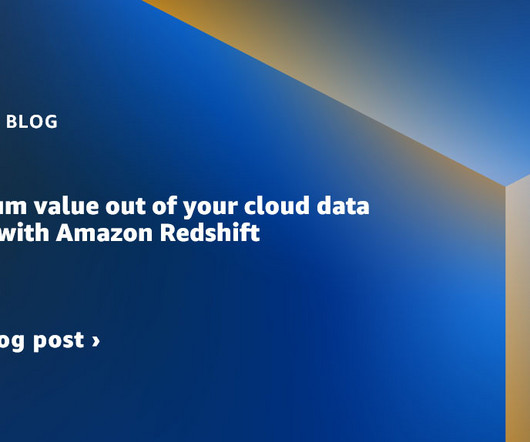Databricks’ new data lakehouse aims at media, entertainment sector
CIO Business Intelligence
APRIL 25, 2022
The other 10% represents the effort of initial deployment, data-loading, configuration and the setup of administrative tasks and analysis that is specific to the customer, the Henschen said. The joint solution with Labelbox is targeted toward media companies and is expected to help firms derive more value out of unstructured data.
















Let's personalize your content